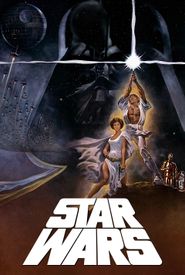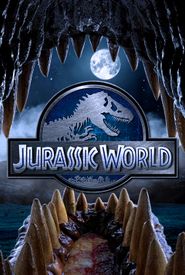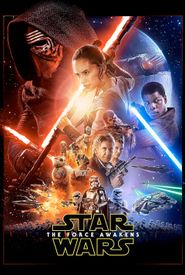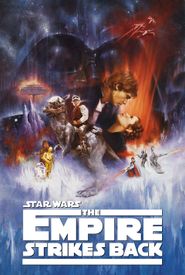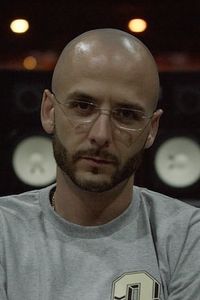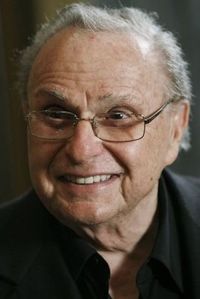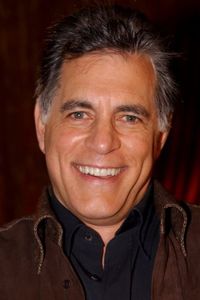Phil Tippett is the founder and namesake of Tippett Studio, a renowned visual effects company that has been active for over 30 years. Throughout his career, Phil has won two Academy Awards and received six nominations, one BAFTA award and four nominations, two Emmys, and has been instrumental in the development of modern digital effects in motion pictures.
Growing up, Phil was inspired by Ray Harryhausen's stop-motion classic, The Seventh Voyage of Sinbad, and Willis O'Brien's classic character King Kong. He developed his skills in animation and fine arts, earning a degree from the University of California at Irvine and working as an animator at Cascade Pictures in Los Angeles.
In 1975, Phil was hired by George Lucas to create a stop-motion miniature chess scene for Star Wars: A New Hope. He went on to work on many other aspects of the Star Wars films, including modeling and casting alien heads and limbs for the Cantina scene in the first film. By 1978, Phil was leading the animation team at Industrial Light and Magic, bringing life to the sinister Imperial Walkers and the alien hybrid Tauntaun for The Empire Strikes Back.
In 1982, Phil and his team developed a stop-motion process called "GoMotion" that produced a realistic beast for Dragonslayer, winning Phil an Academy Award nomination. In 1983, as head of the ILM creature shop, he began work on Return of the Jedi, designing Jabba the Hut and the Rancor Pit Monster, and animating the two-legged Walker. Phil won an Oscar for Best Visual Effects for his work on Return of the Jedi.
In 1984, Phil left ILM to create a 10-minute short film, Prehistoric Beast, which marked the beginning of Tippett Studio. The studio went on to create top-notch stop motion animations for various television and film projects, including Dinosaur!, Willow, Honey, I Shrunk the Kids, and the Robocop trilogy.
In 1991, Steven Spielberg selected Phil to supervise the dinosaur animation for Jurassic Park, which marked the transition of Tippett Studio from stop-motion to computer-generated animation. Phil won his second Oscar for his work on Jurassic Park.
In 1995, Paul Verhoeven asked Tippett Studio to create the swarms of deadly arachnids for the sci-fi extravaganza, Starship Troopers. Phil led a team of 150 computer artists and technicians, earning him a sixth Academy Award nomination. Starship Troopers firmly planted Tippett Studio in the digital age of filmmaking.
In recent years, Phil has been a guide and mentor for the Tippett Studio VFX supervisors and crew, creating monsters, aliens, and appealing creatures for numerous films. He has also partnered with writer Ed Neumeier to create the story for Starship Troopers 2: Hero of the Federation, which Phil went on to direct in 2004.
Phil's roots in stop motion, modeling, and practical effects, combined with his ability to use this foundation in conjunction with developing technologies, have made him one of a handful of artists whose careers have spanned the transition of visual effects from largely practical to digital.

